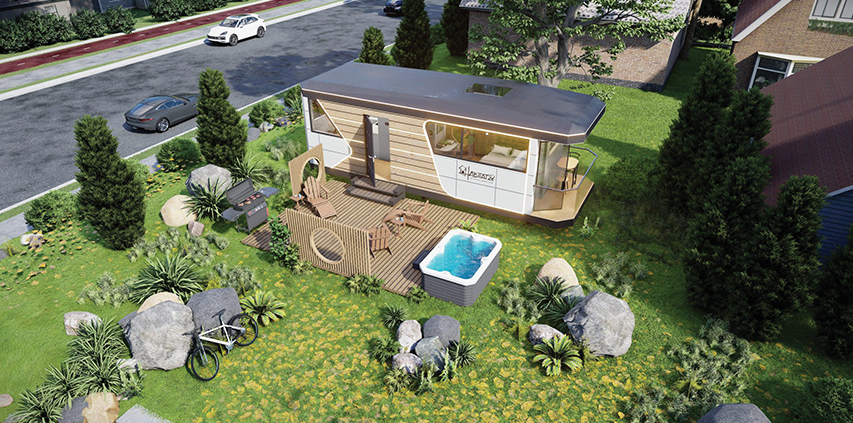THE GROWTH OF ADDITIONAL DWELLING UNITS IN SOUTHERN ONTARIO
Southern Ontario is witnessing a dramatic shift in housing preferences, with additional dwelling units (ADUs) emerging as a popular solution to affordability, sustainability, and speed of construction. ADUs can include triplexes, fourplexes, tiny homes, prefab units, garden homes, or any renovated space that adds separate living quarters to a property. The movement towards ADUs is seen as a practical response to the region’s housing crisis by increasing property values and promoting the efficient use of existing infrastructure. We dig in to better explain this shifting trend.
REGULATORY CHANGES IN ONTARIO
Recent regulatory changes in Ontario, particularly those introduced by the “More Homes, Built Faster” Act, 2022, have significantly impacted multi-dwelling construction and development. These changes aim to increase housing density and affordability by allowing up to three residential units on a single lot in many existing residential areas, as well as streamlining the process for building ADUs. The bill effectively legalizes triplexes and allows for creative ways to add living space without requiring a zoning by-law amendment.
Despite standardized provincial regulations, municipalities still have some control when it comes to allowing fourplexes or enforcing stricter setback requirements. Some municipalities, like Oakville, are currently undergoing regulatory changes to increase housing density, with a focus on multi-dwelling units. These changes include allowing up to four units on residential properties, with potential for additional units in garden suites or carriage houses. Communities may also review their official plans and zoning by-laws to accommodate these changes.
WHY ADUS ARE BOOMING
Several factors are fueling the rise of these compact living spaces:
AFFORDABILITY:
With the average home price in Southern Ontario hovering under the million-dollar mark, many residents are looking at ways to create independent living spaces on their current properties.
SPEED OF CONSTRUCTION:
Prefab and tiny homes are built in controlled environments and assembled on-site, often within weeks. This rapid turnaround is ideal for municipalities under pressure to meet housing targets.
SUSTAINABILITY:
ADUs typically use fewer materials, generate less waste, and incorporate energy-efficient systems like solar panels and heat pumps.
CUSTOMIZATION AND FLEXIBILITY:
Many builders offer a wide range of models and renovation designs to add independent suites to a property with options for integrating smart technology, off-grid living, and modular expansion.
INCREASED PROPERTY VALUE:
Adding an ADU increases the overall value of a property and creates new income opportunities through rental units.
MULTIGENERATIONAL LIVING:
Families are using ADUs to house aging parents, adult children, or caregivers by offering privacy with proximity.
RENTAL INCOME POTENTIAL:
Homeowners can generate monthly income from ADUs, often ranging from $1,500 to $3,000 in urban areas.
SOUTHERN ONTARIO’S TINY HOME ECOSYSTEM
Southern Ontario is now home to a growing network of tiny home builders and communities:
- Habitat28 and Ballance Containers provide CSA-certified modular homes and container-based dwellings that meet Ontario’s building codes.
- Copp Backyard Homes and Acorn Tiny Homes focus on passive house design and energy efficiency.
- Executive Compact Homes focuses on custom tiny homes in Oakville, emphasizing modern design and sustainable living.
- DANT Homes in Hamilton offers MINI Homes, which can be detached or attached, and include options for MINI offices, home studios, gyms, and pool houses.
- Beaver Homes and Cottages, owned by Home Hardware, offer a Secondary Suite Collection that displays garden homes from 300 to 1,000+ sq ft.
The growth of ADUs in Ontario, whether tiny and prefab homes or renovated additions, reflects a significant change to the urban landscape. As traditional housing remains out of reach for many, these compact units offer a way for municipalities to grow and meet housing targets while providing affordable and sustainable solutions.
By Julie Achtermeier




